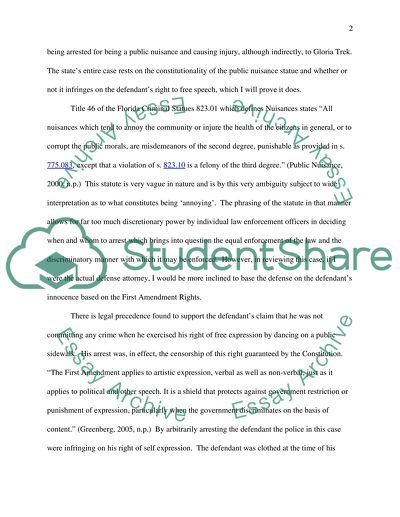Cite this document
(“Crimonal law Essay Example | Topics and Well Written Essays - 1250 words”, n.d.)
Crimonal law Essay Example | Topics and Well Written Essays - 1250 words. Retrieved from https://studentshare.org/miscellaneous/1535491-crimonal-law
Crimonal law Essay Example | Topics and Well Written Essays - 1250 words. Retrieved from https://studentshare.org/miscellaneous/1535491-crimonal-law
(Crimonal Law Essay Example | Topics and Well Written Essays - 1250 Words)
Crimonal Law Essay Example | Topics and Well Written Essays - 1250 Words. https://studentshare.org/miscellaneous/1535491-crimonal-law.
Crimonal Law Essay Example | Topics and Well Written Essays - 1250 Words. https://studentshare.org/miscellaneous/1535491-crimonal-law.
“Crimonal Law Essay Example | Topics and Well Written Essays - 1250 Words”, n.d. https://studentshare.org/miscellaneous/1535491-crimonal-law.


